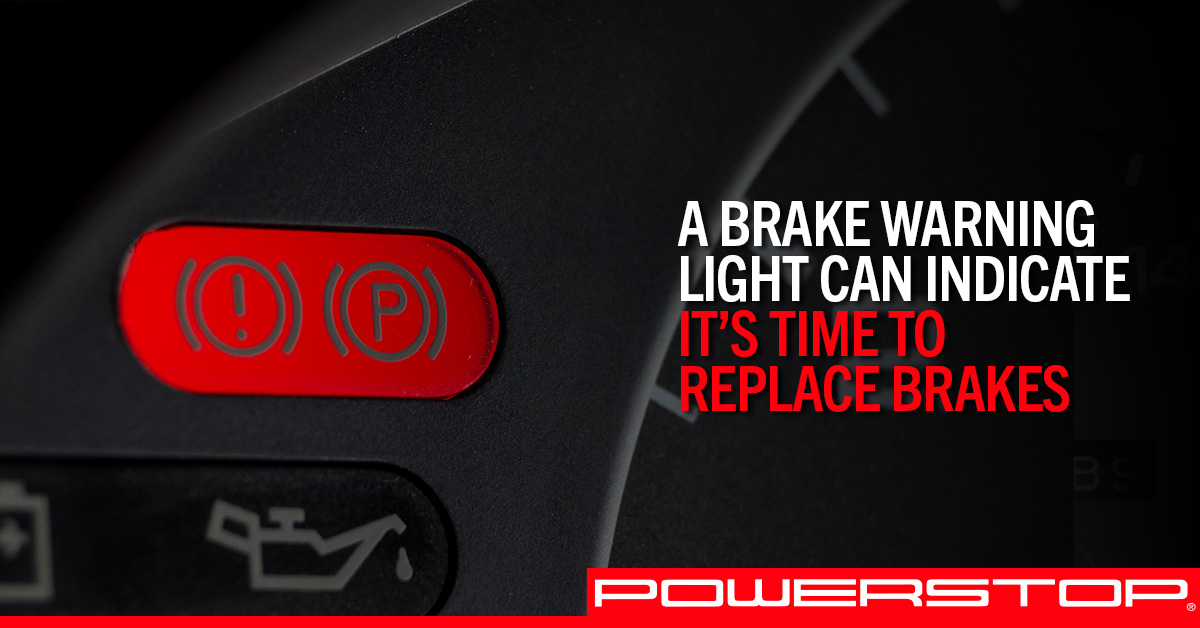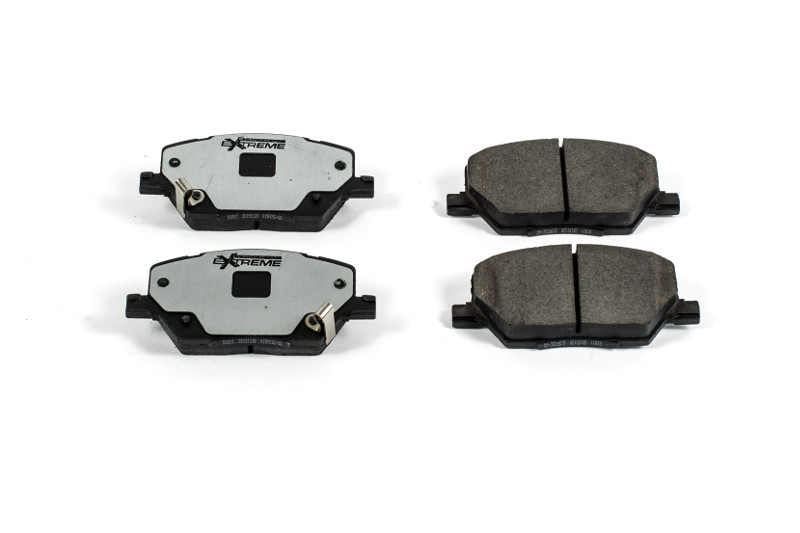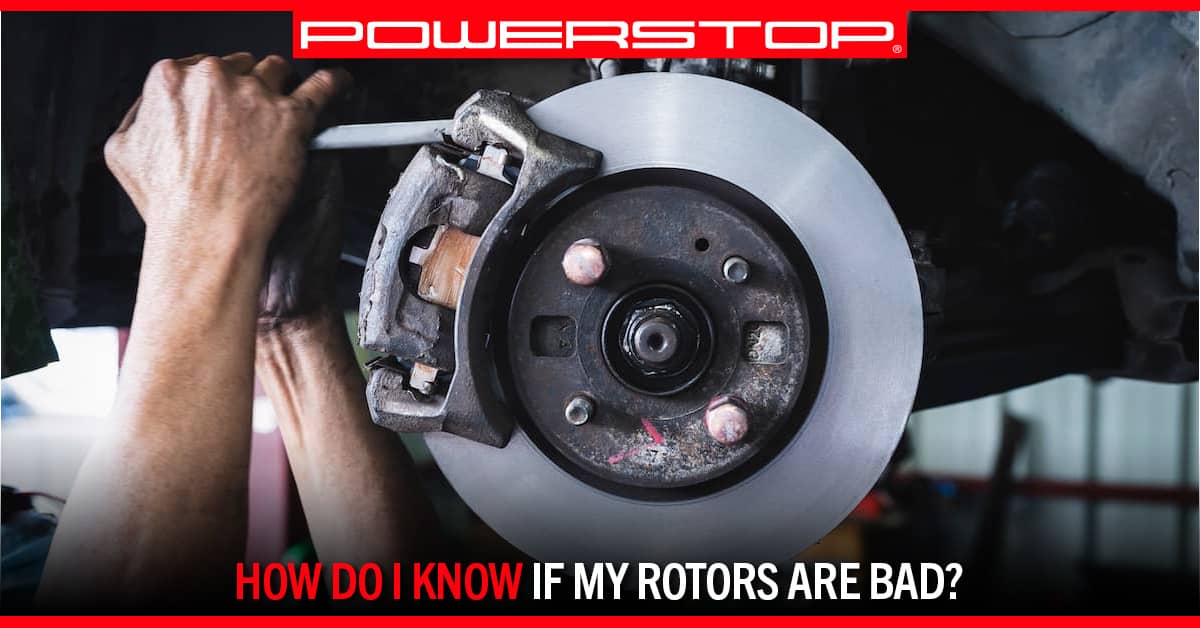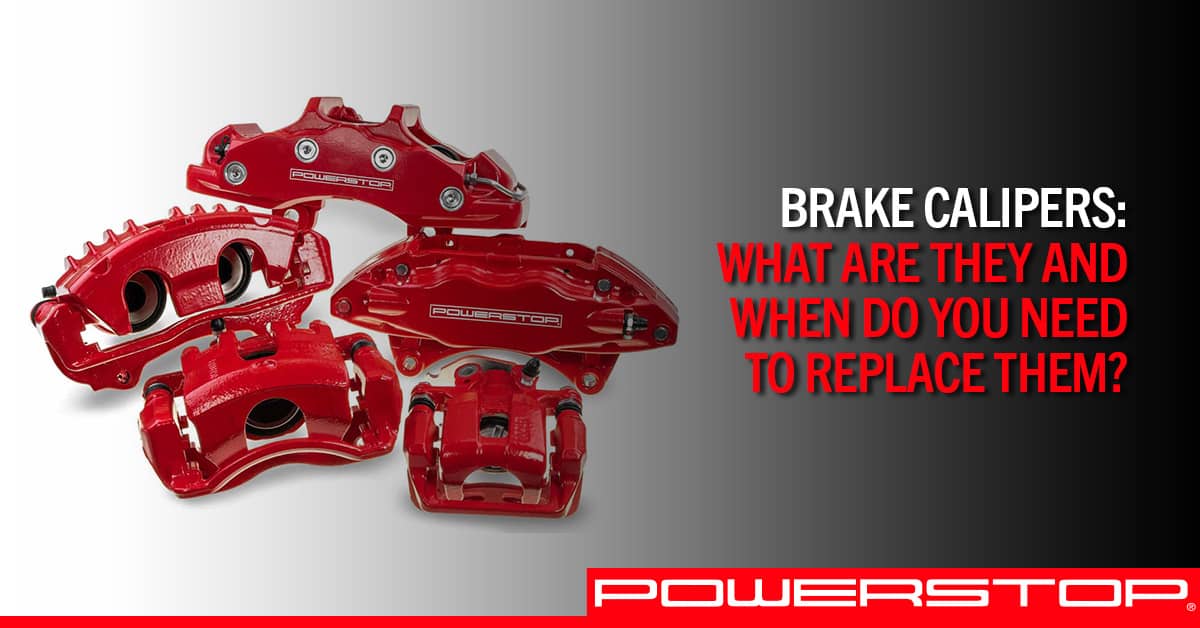
A Brake Warning Light Can Indicate It’s Time To Replace Brakes
Brake pads can have a safety feature of electronic wear sensors. When the brake pads get worn beyond the minimum thickness, the sensor will trigger a warning light on your dashboard that it is time to replace the brakes. When replacing your brake pads, you should also replace your brake sensor if your vehicle has one.
The wear sensor triggers the dashboard brake warning light when the sensor element comes in contact with the brake rotor. When brakes are new, the sensor wire is positioned near the backing plate of the pad. As the pad wears down to the sensor wire, the sensor wire touches the brake rotor and electrically triggers the brake warning light circuit.
By design, the sensor is a throw-away component; If the wear sensor has done its job, and tripped the warning light by touching the rotor, then the wire has been ground away by friction on the rotor. It has to be replaced. Even if you’re doing a brake job before the sensor wire has come in contact with the rotor, the sensor may look okay, but the heat of the brakes has likely caused hardening of the wire insulation and corroded the inner wiring, increasing its electrical resistance.
Sensor wires are generally inexpensive, so it makes sense to replace these every time you do a brake job, even if the sensor looks okay. When you replace a sensor wire, especially if the warning light has been tripped, be sure to follow the OE recommended repair procedure to reset the warning light.
What is a Brake Sensor?
Over time, brake pads eventually wear out. However, the amount of time it takes for pads to wear out can vary greatly. Driving style, load weight, speed, road conditions, and the type of brake pads and disc rotors can all affect the rate at which pads wear down. This can make it challenging to know when you need to install a new set.
Brake sensors are designed to take the guesswork out of brake pad replacement by warning you when the pad has worn. In some vehicles, brake sensors can even predict when pad wear is approaching. In addition to alerting drivers that their brakes may need to be replaced, brake sensors also ensure that brake pads are safe and in proper working order.
How Do Brake Sensors Work?
Older braking systems typically rely on traditional metal tabs to indicate pad wear. When these tabs rub against brake rotors, they emit a loud squealing sound, delivering a loud auditory signal that the pads have reached the maximum wear limit.
Modern brake sensors are a technological advancement of this system. Traditional metal tabs have been replaced in many of today’s vehicles by a small sensor that consists of a loop of wire with a low current passing through it. As brake pads wear out, the loop is exposed and makes contact with the disc or rotor, creating an open circuit. This causes a warning light on the dashboard to illuminate, indicating the need to replace the brake pads.
When Should You Replace Brake Sensors?
As mentioned above, brake sensors are designed to break. You should replace them each time you replace your brake pads. It is also a good idea to inspect the sensors regularly between pad changes and replace them when necessary. The intense heat from the brakes can damage both the clips and wiring over time. Brake sensors can also be damaged when other work is being performed on the vehicle, such as during the installation of new brake rotors.
Have a Question? PowerStop Can Help!
PowerStop is committed to providing top-quality performance brakes for every vehicle on the road. If you have a question about any of our products, contact us today online or toll-free at (888) 863-4415. Our customer service team is available to answer your questions Monday through Friday from 8 a.m. to 5 p.m. (CST). Se habla español.
Back




